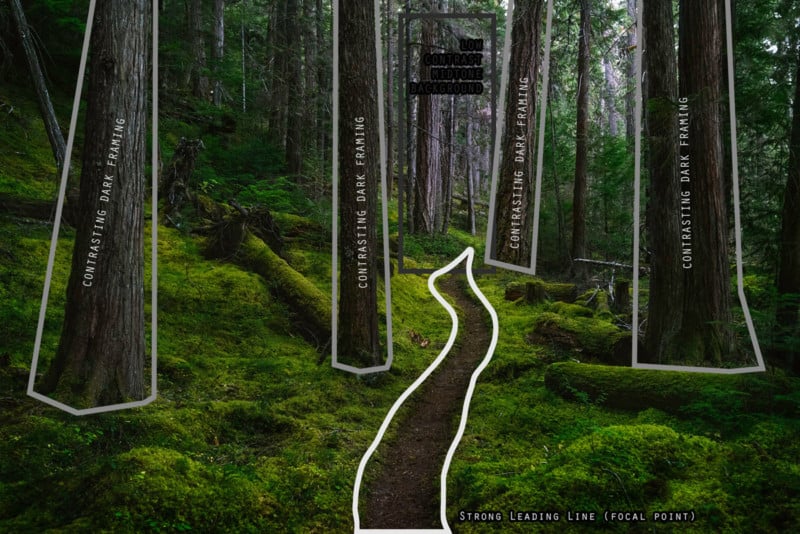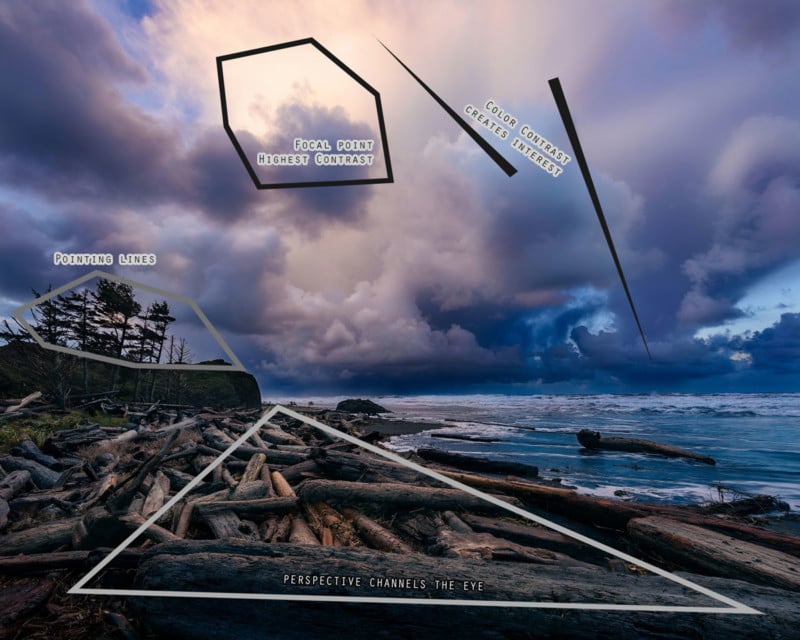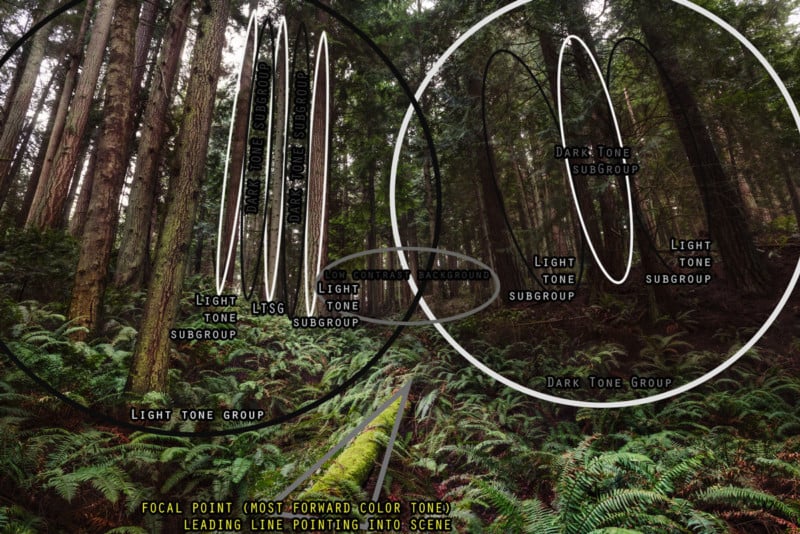How to Create a Strong Focal Point and Manage Attention Inside Your Photos
![]()
Focal point is a term that photographers and photography blogs throw around continually. “Create a focal point,” it’s said, “it should be the first and last place the eye goes in your image.” That’s true, of course, but like most important things it’s easier said than done.
Editor’s note: You can view Patrick Beggan’s photography on his website, Versa Photography.
A strong focal point is better thought of as the punctuation at the end of a carefully composed sentence. You need to know not only what makes the best single focal point, but also how to compose the sentence that precedes it.
First, consider what makes the best focal point, the best punctuation. There are a few things that your eye will shoot to first because of the way your brain processes visual information: points of high contrast, high sharpness, faces, human and animal forms, forward color tones (usually warm tones, like yellow) and recognizable objects that are large in frame (which reads as close). For effective punctuation of your visual sentence, you need an object or entity that creates interest and is comprised of at least one characteristic from this list.

Then, you must consider what makes not just a focal point, but a strong focal point. Now you must write the sentence.
In scene, when you’re out shooting, look for ways to simplify and arrange the view through your lens to either point at or isolate your focal point. This is where compositional rules like the golden ratio or rule of thirds come in. Placing your focal point at these ideal locations in the frame gives the most space to support it with line, pattern or blurred motion. Experiment with angle and camera position to further shake the viewer out of their usual way of seeing and get them to engage with your image.

In my own photography I think of this as “harvesting geometry.” You can adjust things like brightness, color and sharpness easily in processing software but the hard lines and actual structure of a scene–the geometry–is difficult to adjust. It can be done, but it will save you a lot of time in software to convert the three dimensional world to your two dimensional image properly now, when shooting.
The last step, and to really make your image shine, is to carefully polish what you’ve created in camera using image processing software. Using curves or levels adjustment layers masked into appropriate locations (or adjustment brushes in Lightroom) manipulate the brightness and contrast of the focal point and supporting areas of the scene to create a visual hierarchy that creates depth. Highest contrast should be your focal point, brightest or darkest tones depending on your image, with lowest contrast and darker tones making up the non-focal areas of your image.
See the whole image–make it small or blurry if need be to obscure detail—and analyze the scene that surrounds your focal point. You want to cultivate alternating areas of lighter and darker zones that reinforce and frame each other, ascending towards the focal point. Manage attention and interest by understanding concepts like chiaroscuro, executed intentionally. Find a rhythm of alternating tonal values that strengthens the natural path a viewer’s eye will follow in your image.

Beyond this recipe for strong focal points, think about how great art is made: emotion. Create compelling graphic content with a strong focal point and a supporting visual hierarchy. Then understand that you can point at something beyond the visual. Emotional content is how you make art. Point at something with the visual language that can’t be seen, only felt. When you can get your emotional content to point back at your focal point as well, then you have a truly powerful image.
We are animals. We see raw contrast and graphic content first. We only stay looking long enough to feel if the graphic content makes us. To be an artist, be both an animal and a sentient human being. See and create graphic and emotional content. Point them at each other and transcend.
About the author: Patrick Beggan is an award-winning portraiture, event, and landscape photographer in Bellingham, Washington. The opinions expressed in this article are solely those of the author. You can find his work by following him on Facebook, Instagram, Flickr, and 500px. This article was also published here.